Labs

Docs
Docs is an experimental AI reference manual, curating documentation about a broad range of commonly debated topics within innovation and transformation.
Artefacts
Long before any innovation becomes reality, it exists as ideas for the team shaping it, captured in documents. Understanding how these artefacts are created and why helps multi-disciplinary teams collaborate.

Service Blueprints
Looking to optimize service offerings and enhance customer experiences? Service Blueprints can revolutionize your approach. Learn how to effectively map customer journeys and uncover opportunities for innovation.

A3 Reports
The A3 Report is a problem-solving tool that helps organizations identify, analyze, and solve issues by providing a structured approach for documenting and communicating the problem, analysis, and proposed countermeasures.

Customer Journeys
The customer journey is a crucial aspect of every business, highlighting the path customers take from their initial interaction to becoming loyal advocates.

Wireframes
A wireframe is a visual representation or blueprint that outlines the structure and functionality of a website, app, or product.

Prototypes
A prototype is a preliminary model of a product or service that is created to test and validate its design, functionality, and usability.

A/B Testing
A/B testing is a method used in marketing and product development to compare two different versions of a webpage, email campaign, or mobile app.

Value Stream Maps
A Value Stream Map is a visual tool that provides an end-to-end overview of a process, helping businesses identify inefficiencies and optimize their operations.

Business Capability Models
A Business Capability Model is an essential tool for organizations to identify, understand, and align their core competencies to drive success in the dynamic business landscape.

Target Operating Models
A Target Operating Model outlines the structure, processes, and systems a business needs to achieve its goals and navigate industry challenges efficiently.

Strategic Narratives
A strategic narrative is a powerful tool that shapes a company's identity, guiding its actions and inspiring stakeholders to align with its vision.

Research Reports
Research reports are documents that present the findings and analysis of a research study or project.

System Usability Score
The System Usability Score (SUS) measures how easy a system is to use, providing valuable insights for user-centered design.

Total Quality Management
Total Quality Management is a systematic approach to quality control, aiming to improve efficiency and customer satisfaction through continuous improvement.
Approaches
Teams rely on specific approaches, or bodies of knowledge, to achieve consistent results. Understanding where someone is coming from is often easier if you understand the foundations of the approach they are following.

System Thinking
System thinking is a powerful approach to understand complex systems, fostering problem-solving and long-term solutions in various industries.

Design Research
Design research is a vital process that informs user-centered designs, providing insights for informed decision-making and successful outcomes.

Digital Product Design
Digital Product Design is an essential discipline that creates intuitive and user-friendly digital products for our tech-driven lives.
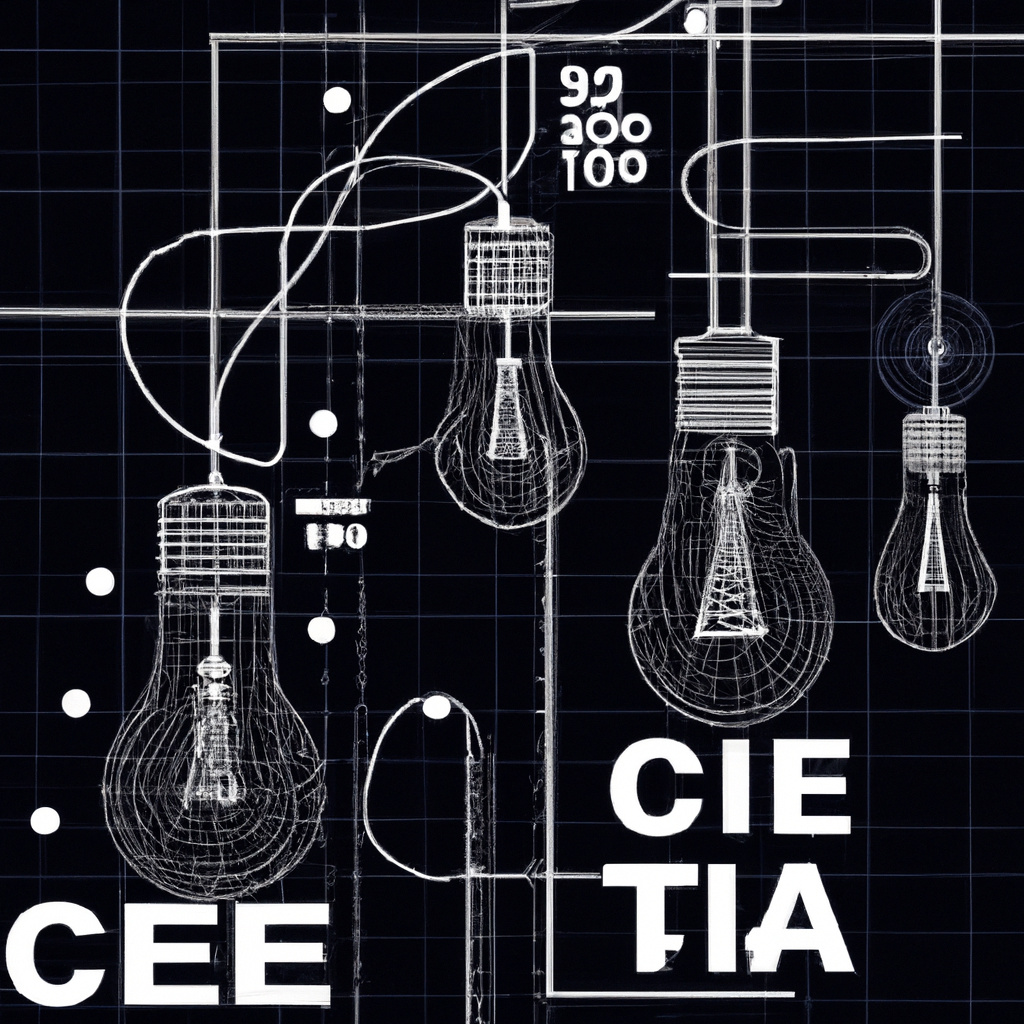
Service Design
Service design is a holistic approach that focuses on creating and improving services in a user-centered and collaborative manner.
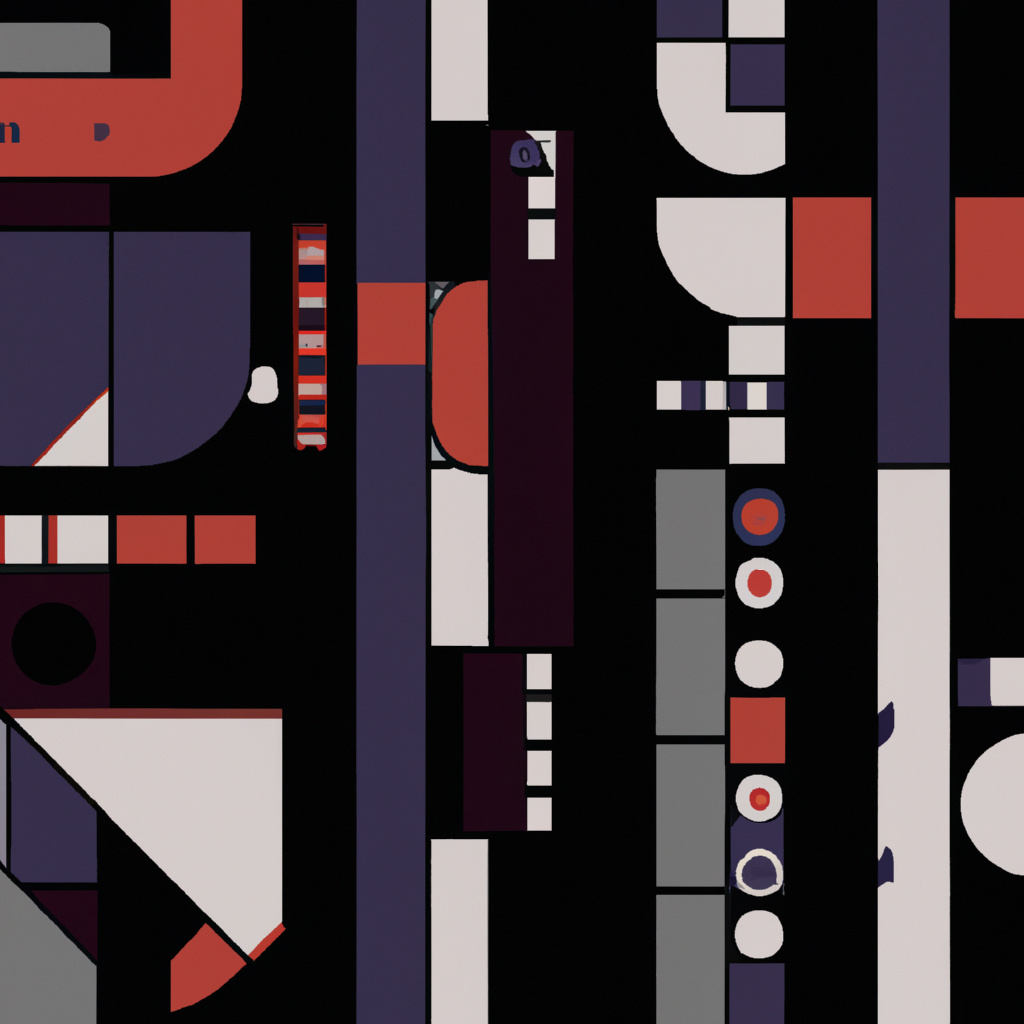
Strategic Design
Strategic design combines design thinking, business strategy, and innovation to drive success by improving customer experiences and fostering innovation.

Systemic Design
Systemic design is an approach that tackles complex problems by considering the interconnections and relationships within a system, rather than focusing on individual parts.
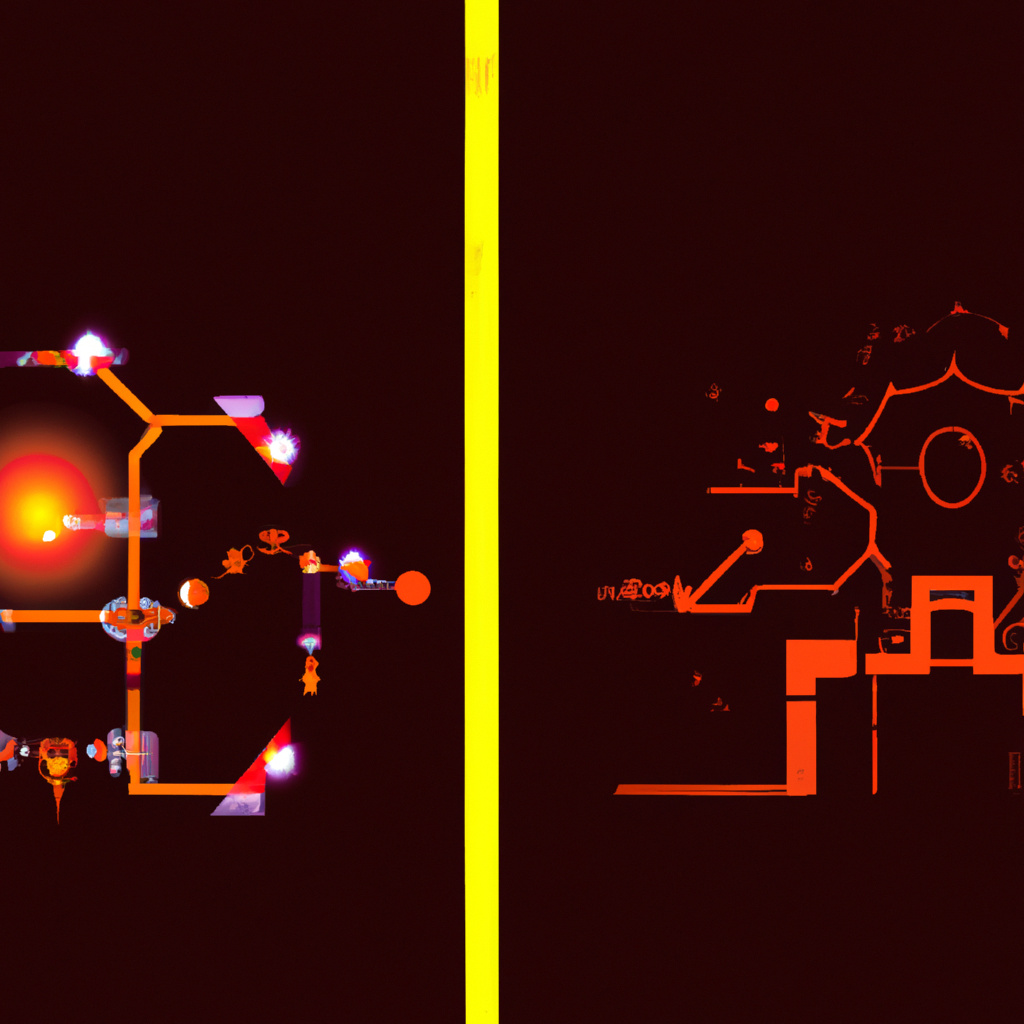
Content Design
Content Design is a crucial field that creates engaging online material by considering users, information architecture and strategy.

UX Design
UX Design is the practice of creating intuitive and user-centered experiences to improve satisfaction, boost businesses, and revolutionize industries.

Strategy
Strategy is a guiding concept that helps organizations thrive by analyzing, planning, executing, and adapting in a changing world.

Scenario Planning
Scenario Planning is a strategic planning technique that helps organizations anticipate and prepare for different future scenarios.

Behavioural Science
Behavioural science offers valuable insights into human behavior and decision-making, enhancing marketing strategies, shaping public policy, and optimizing organizational behavior.

Digital Product Management
Digital Product Management is a vital role that involves customer-centric development, strategic decision making, cross-functional collaboration, and end-to-end product lifecycle management.

Theory of Change
A Theory of Change is a powerful tool that helps organizations map out their goals, strategies, and impact pathways to drive positive social change.

Continuous Improvement
Continuous Improvement is a proactive strategy that drives ongoing growth, efficiency, and innovation within organizations, enabling them to stay ahead in a competitive market.

Digital Design
Innovative digital design empowers companies to create impactful and user-friendly experiences, driving engagement and success in today's competitive landscape.

Product Development
Product Development is a dynamic process that helps businesses create and refine products to meet customer needs and stay ahead of the competition.

Customer Segmentation
In business, customer segmentation helps identify and target specific groups of customers based on shared characteristics or behaviors.

Crowdsourcing
Crowdsourcing is a collaborative approach to problem-solving and innovation, harnessing the power of diverse perspectives and expertise from a crowd.

Digital Advertising
Digital advertising is an effective marketing strategy using digital channels to reach target audiences and drive business growth.

Rapid Prototyping
Rapid prototyping accelerates product development by quickly creating and testing prototypes, enabling businesses to iterate and improve designs efficiently.

Lean Methodology
Lean Methodology streamlines processes and eliminates waste, enabling businesses to optimize efficiency, improve customer value, and foster a culture of continuous improvement.

Digital Disruption
Digital disruption is reshaping industries, challenging traditional business models, and creating opportunities for innovation and growth in a rapidly changing digital landscape.

Business Transformation
In a rapidly changing business landscape, companies must embrace transformative strategies to remain competitive and adapt to new opportunities.

Idea Generation
Unleash your team's creativity and foster a culture of innovation with effective idea generation techniques for modern business success.

Machine Learning Models
Machine learning models are revolutionizing industries by analyzing large amounts of data to make accurate predictions and drive strategic decisions.

Digital Strategy
Developing a strong digital strategy is crucial for success in today's business landscape, focused on leveraging technology to drive growth and seize market opportunities.

Digital Solutions
Discover how digital solutions can transform business processes, increase efficiency, and improve customer experiences in the modern corporate landscape.

Data Integration
Data integration is the process of combining and consolidating data from various sources to provide a unified and comprehensive view.

Data Warehousing
Data warehousing enables businesses to organize, analyze, and store vast amounts of data for effective decision-making and strategic insights.

Data Management
Efficiently organizing and safeguarding data is crucial for businesses to stay competitive and compliant in the ever-evolving digital landscape.

Enterprise Architecture
Enterprise Architecture is a strategic approach that aligns an organization's business goals with its technology infrastructure for improved efficiency and innovation.

Emerging Technologies
From quantum computing to artificial intelligence, emerging technologies are shaping the future of countless industries and revolutionizing the way we work and live.

Disruption
Disruption has become a key driver of innovation, challenging established industries and paving the way for disruptive startups to excel.

Continuous Delivery
Continuous Delivery is a software development approach that enables businesses to deliver software updates quickly and efficiently.
Roles
With ever greater specialisation, the number of roles involved in innovation and transformation has sky-rocketed. Understanding how other roles see the world makes collaboration easier.

Product Manager
A product manager is responsible for identifying customer needs, creating a product strategy, and guiding the development and launch of products.
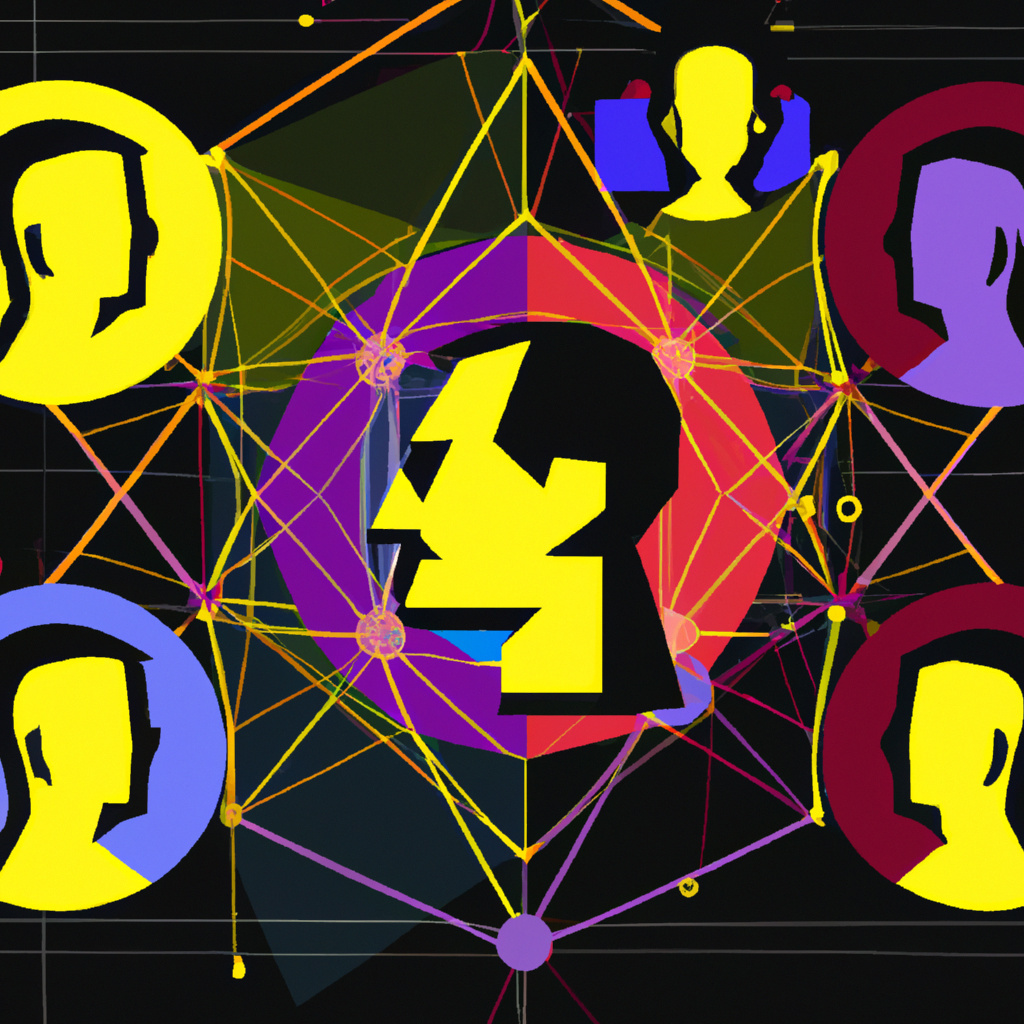
Service Designer
Service designers are professionals who combine design thinking and user-centered approaches to create and improve services.

Front-End Developer
Front-end development is a crucial aspect of web development. It involves creating the user-facing part of a website or application.

System Developer
A system developer is a professional who designs, builds, tests, and maintains software applications or systems for businesses and organizations.

Solution Architect
Solution architecture is a field of expertise within the realm of information technology and business management.

Enterprise Architect
Enterprise Architecture provides a holistic view of an organization's business processes, information systems, data, and technology infrastructure.

Business Analyst
A business analyst is a professional who helps organizations identify and solve problems and improve processes through requirements gathering, analysis, and communication.

Business Process Expert
A business process expert (BPE) is a professional who specializes in analyzing, improving, and managing business processes within an organization.

Strategist
A strategist is a crucial role that helps businesses navigate the complexities of today's ever-changing corporate landscape.
Operations
Operating processes have become objects of innovation in their own right, and can be sources of both alignment and conflict. Knowing common standards helps make it easier to both adopt and evolve them.
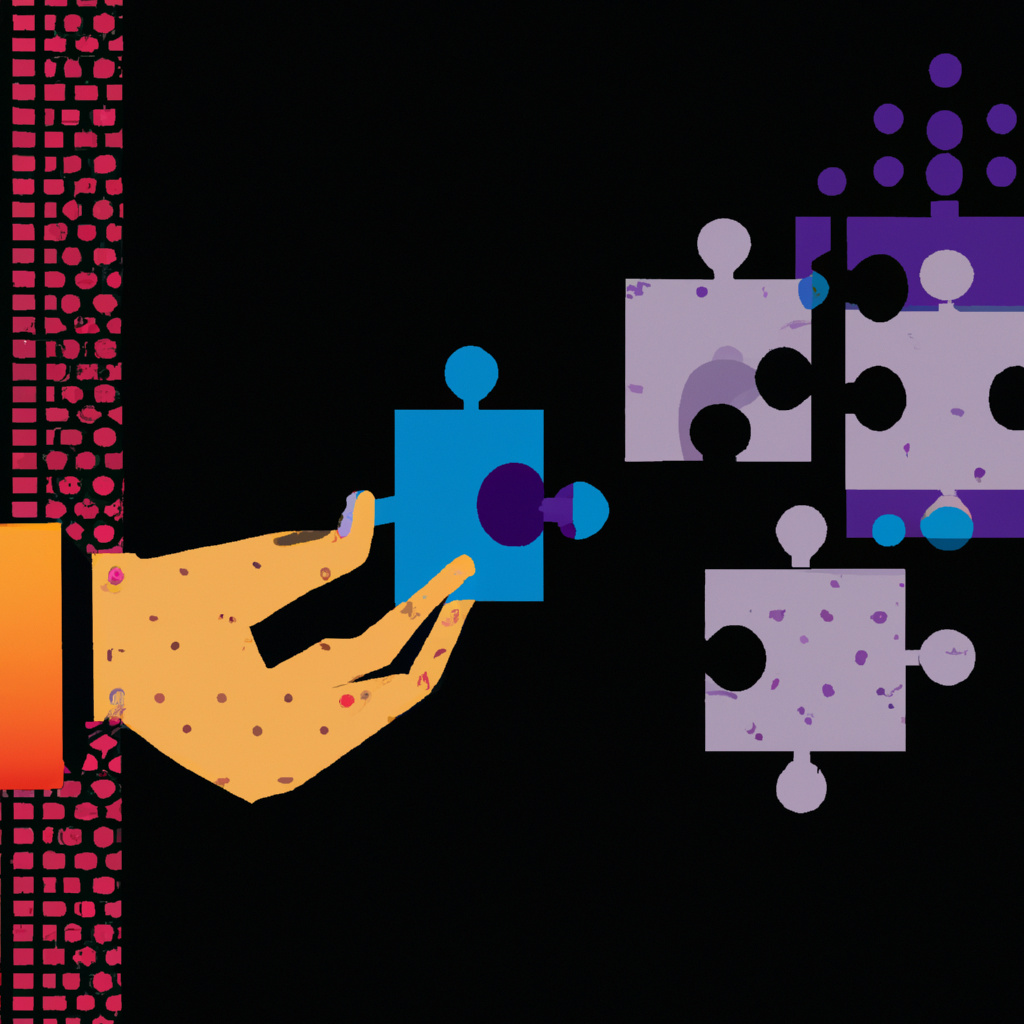
Agile Methodology
Discover Agile methodology, its key principles, and the benefits it brings to project management. Dive into the world of Agile with us!

Dev Ops
DevOps is an approach bridging development and operations teams, promoting collaboration, agility, faster software delivery, and valuable outcomes for organizations.

Design Ops
Design Ops is a crucial design discipline that improves efficiency, collaboration, and standardization, delivering benefits to organizations in all sectors.

Research Ops
Research Ops is a critical discipline adopted by organizations to enhance research capabilities and tackle challenges like resource management and collaboration.
